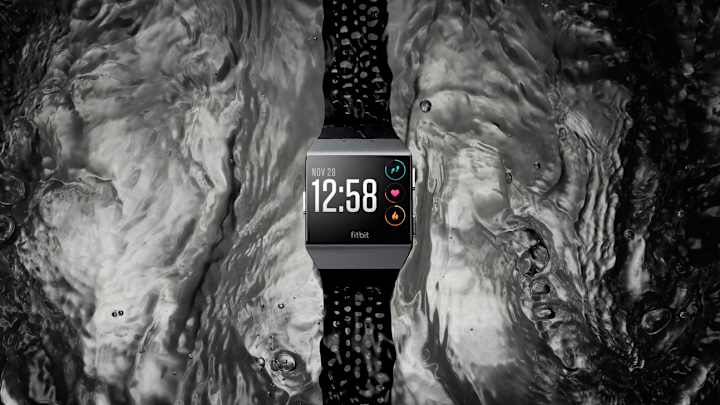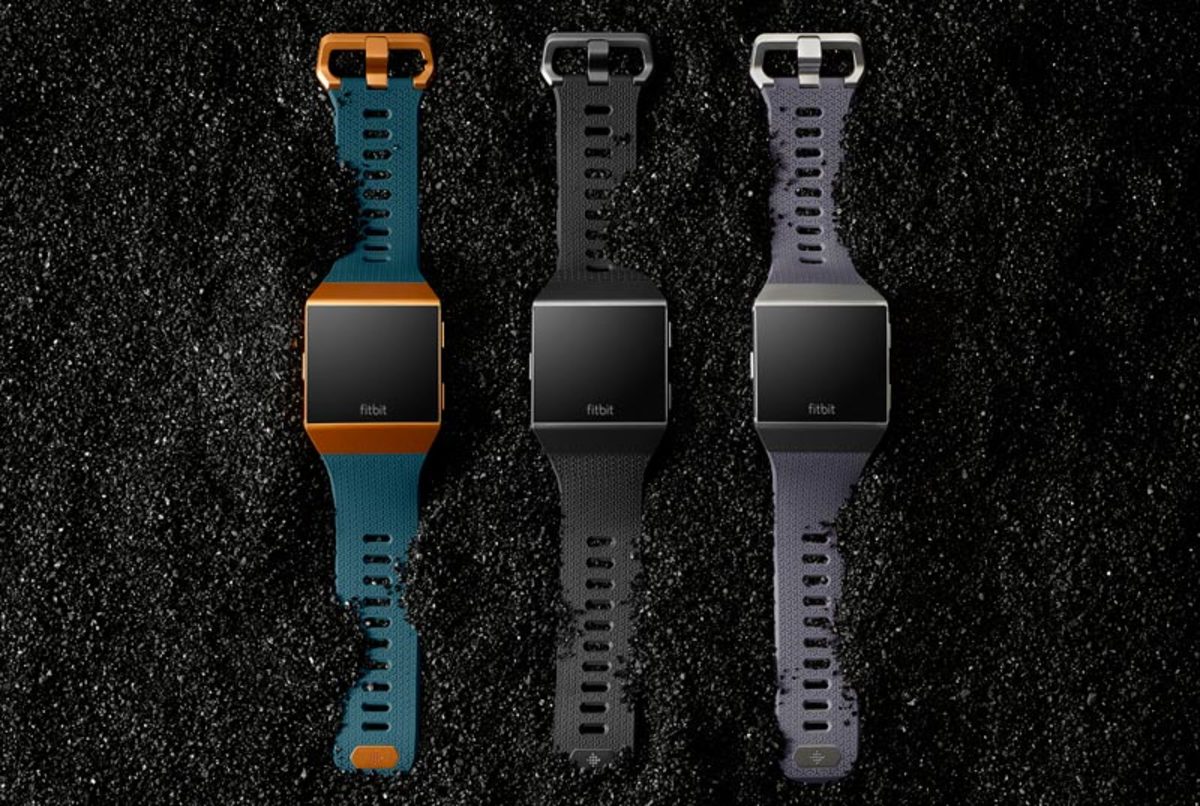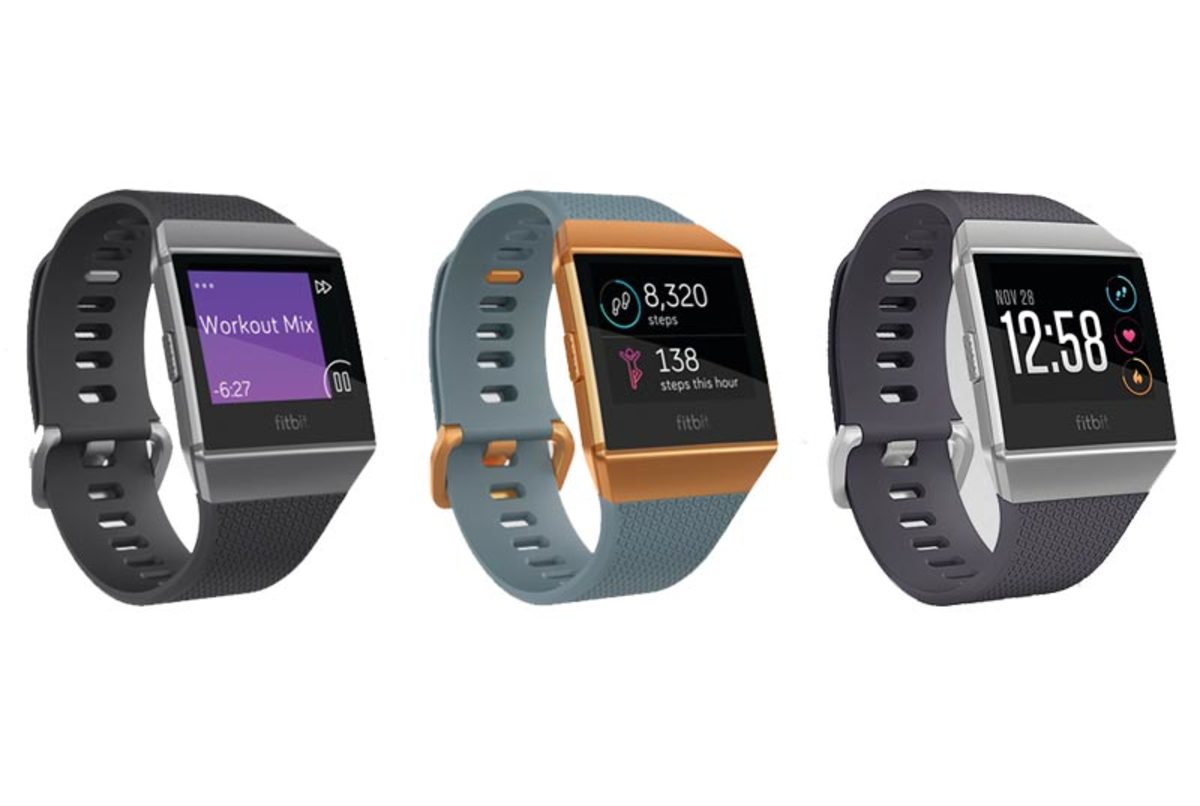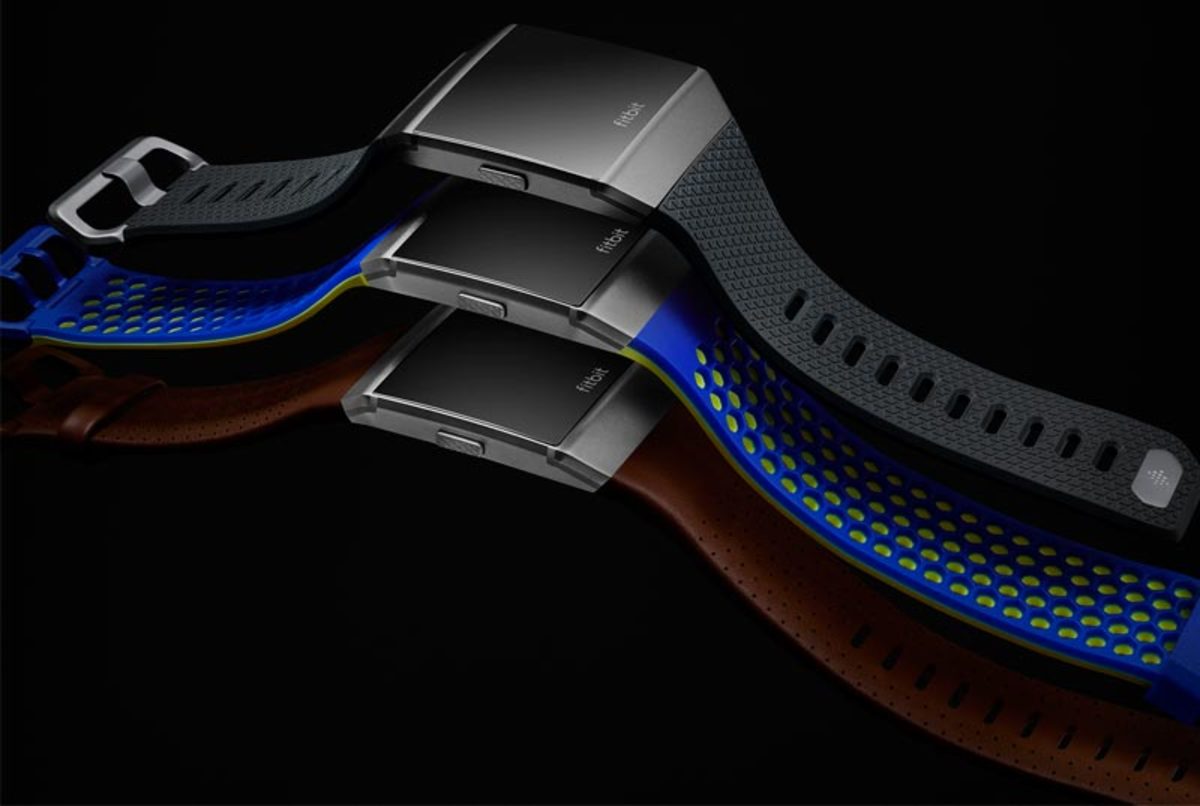Fitbit Ionic Review: Is Fitbit's First Smartwatch a Winner?

Fitbit has long been one of the biggest players in the wearables industry, and they finally decided to throw their hat into the ring with their first foray in the smartwatch business with the launch of the Fitbit Ionic.
Similar in design to the Fitbit Blaze, the Ionic is a sleeker, slimmer version with a square-shaped design and a slightly curved glass screen. Unfairly or not, it will garner plenty of Apple Watch comparisons. While testing the Ionic, I was even asked by several people if I was wearing an Apple Watch. The design may not be anything revolutionary, but the slimmer profile and lightweight design (among many other reasons outlined below) helped push me to finally retire my previous daily driver, the Garmin Forerunner 935, in favor of the Ionic.
Related Post: The Best Fitbits
The Ionic, priced at $299, is pretty light and sits comfortably around your wrist. Fitbit offers interchangeable bands for the Ionic, and swapping from one band to another was a breeze. While I preferred using the default band that came with the Ionic, the sport band was undeniably better for more intense workouts when I knew I would sweat more. Like most fitness trackers, the Ionic is available at a variety of retailers, including Amazon, Target, Macys and more.
One of the best parts of the Ionic is its excellent battery life. Fitbit claims that you will get four-plus days of use before needing a charge, and I regularly got around five days of use out of the Ionic before I had to plug it in, which included multiple workouts and runs. Fitbit claims that you can get 10 hours of usage with GPS or music playing. For a smartwatch, that’s a remarkable figure. Apple Watch users that have to charge their watches daily are surely envious.

After buying Pebble back in December, Fitbit built a new software platform that they’re calling Fitbit OS, and it should come as no surprise that it has some similarities to Pebble OS. At launch, the apps are limited to Strava, AccuWeather, Starbucks and Pandora. However, with full third-party app integration available on their open platform, it’s only a matter of time before new apps begin to show up. Even so, only time will tell if the platform becomes widely adopted.
The interface is simply designed and intuitive enough to pick up. I didn’t even bother looking at the manual, as I was able to quickly figure it out. With the addition of more third-party apps, I imagine that it may eventually become quite cumbersome swiping through all of the menu items. However, until more companies begin developing apps for the Fitbit OS platform, it’s hard to say for sure.

The Ionic has all the features that you’ve come to love and expect out of a Fitbit. From automatic activity tracking to sleep tracking, the Fitbit has it all with a few added bells and whistles. Swim tracking is now an option, as the watch is water resistant up to 50 meters. You can also pay for items on the go with the Fitbit Pay app, which uses NFC for swipe enabled machines. This is nice for if you’re out on a run without your wallet and you want to swing by a store to quickly grab something.
GPS is built right into the Ionic, which is only the second device from Fitbit to have it included. It was nice to run outside without lugging around a phone. Tested against the Garmin Forerunner 935, the Fitbit Ionic nearly mirrored the Forerunner 935 across the board. Steps taken and GPS tracking were nearly identical, and the new, upgraded PurePulse heart rate sensor seemed to be more accurate. The heart-rate tracking on the Fitbit Charge 2 always seemed to run slightly high, but Fitbit seems to have fixed that with the Ionic as it seems to be more on point. Fitbit also added a new Sp02 sensor that estimates blood oxygen levels, which potentially opens up the possibility for tracking sleep apnea.
There is a new Fitbit Coach training app, which features more than 90 video and audio workouts that will run you $7.99 per month or $39.99 per year. Included for free are a few guided workout routines, which were well implemented. If you’re new to the gym and unsure of what you’re doing or just looking for a new routine, they’re a good place for you to start. Whether it’s worth the monthly or yearly fee is up to you, but it’s not yet available, so the verdict is still out.
You can pair your Ionic to a pair of Bluetooth headphones (like the new Fitbit Flyer) and with 2.5 GB of onboard storage, you can download your own local music or sync Pandora, allowing you to leave your phone at home for when you want to go out for a run. I was unable to successfully sync local music to the Ionic, as the entire experience was very buggy and incredibly frustrating to the point that I just gave up on it. Although, I was able to sync several Pandora playlists, so I was able to play music off of the Ionic. Unfortunately, this is one of those areas where the Ionic misses the mark. More often than not, connection issues and distortion made listening to audio nearly impossible in high-traffic areas while running. After a few attempts, I just went back to bringing my phone with me to listen to music while I ran due to the unreliable connection.
Taken as a fitness tracker, the Fitbit Ionic is as good or better than any that I’ve ever used, which is why I've switched to it full time as my daily driver. It has nearly all the features that you would want in a fitness tracker, the battery life is great, it’s reliable and the platform is easy to use and one of the best out there.

However, taken as a smartwatch, the Ionic falls short. Aside from the obvious dearth of apps available, something as simple as notifications is an uninspiring experience. You can receive notifications, but you can’t respond or interact with them in any way. People generally get smartwatches because they want them to be able to operate independently of their phone or to act as an extension of it—the Ionic fails to reliably do either. Fitbit still has to work out some kinks before they can call it a true smartwatch and Fitbit OS will also require some time to mature and grow before you can truly render a verdict of the Ionic, as the platform is still unproven and devoid of apps. Until then, consider this a review in progress.
